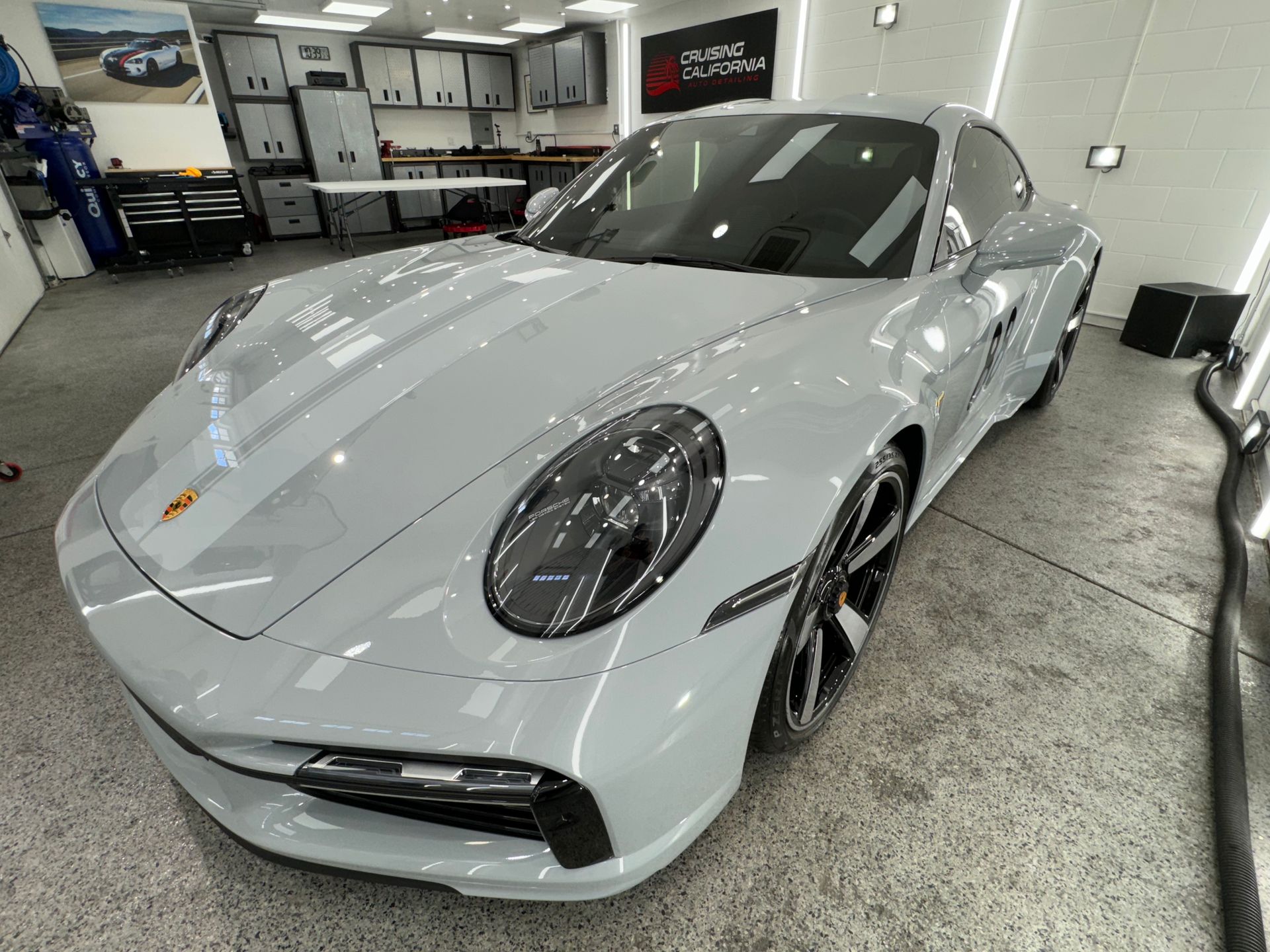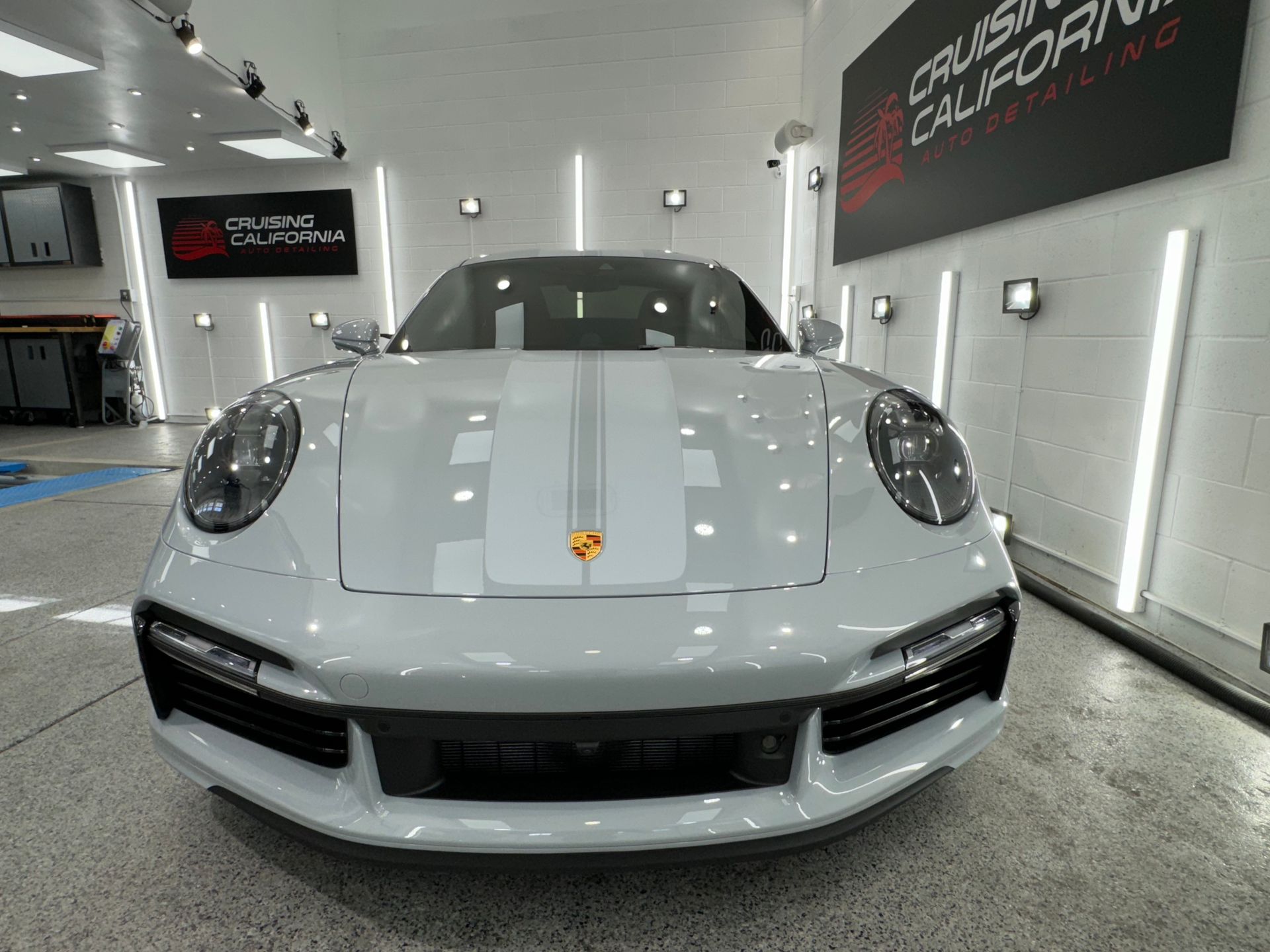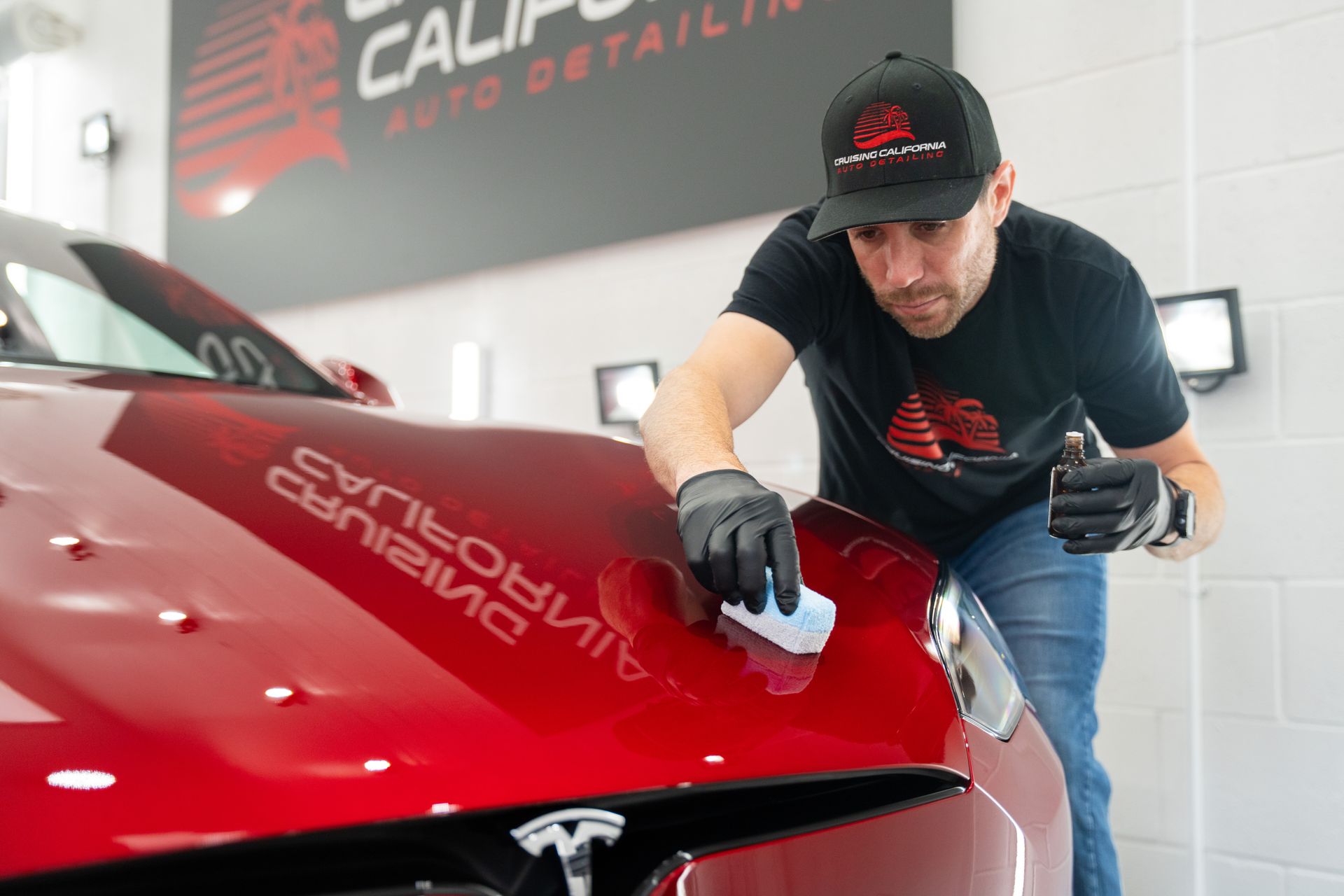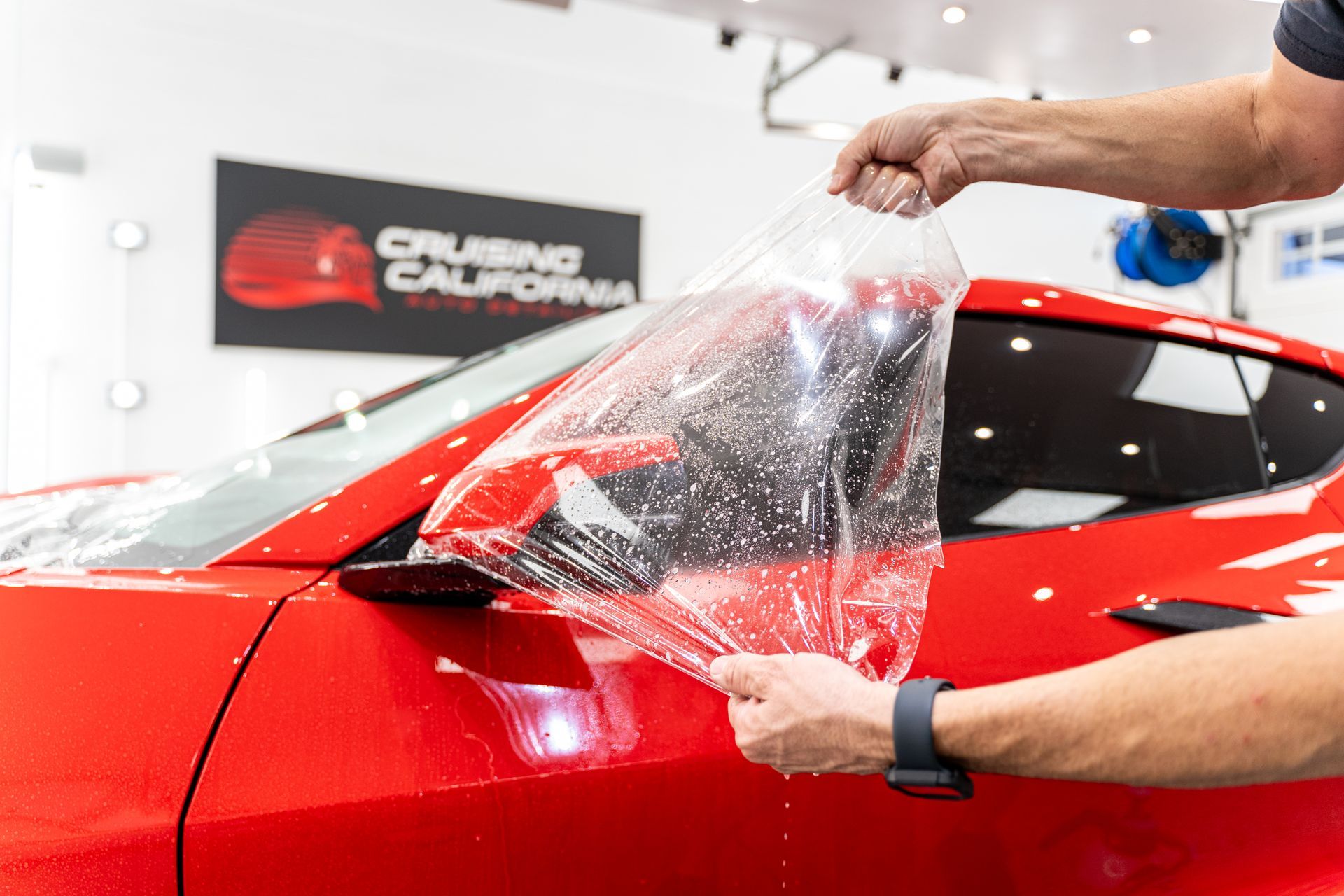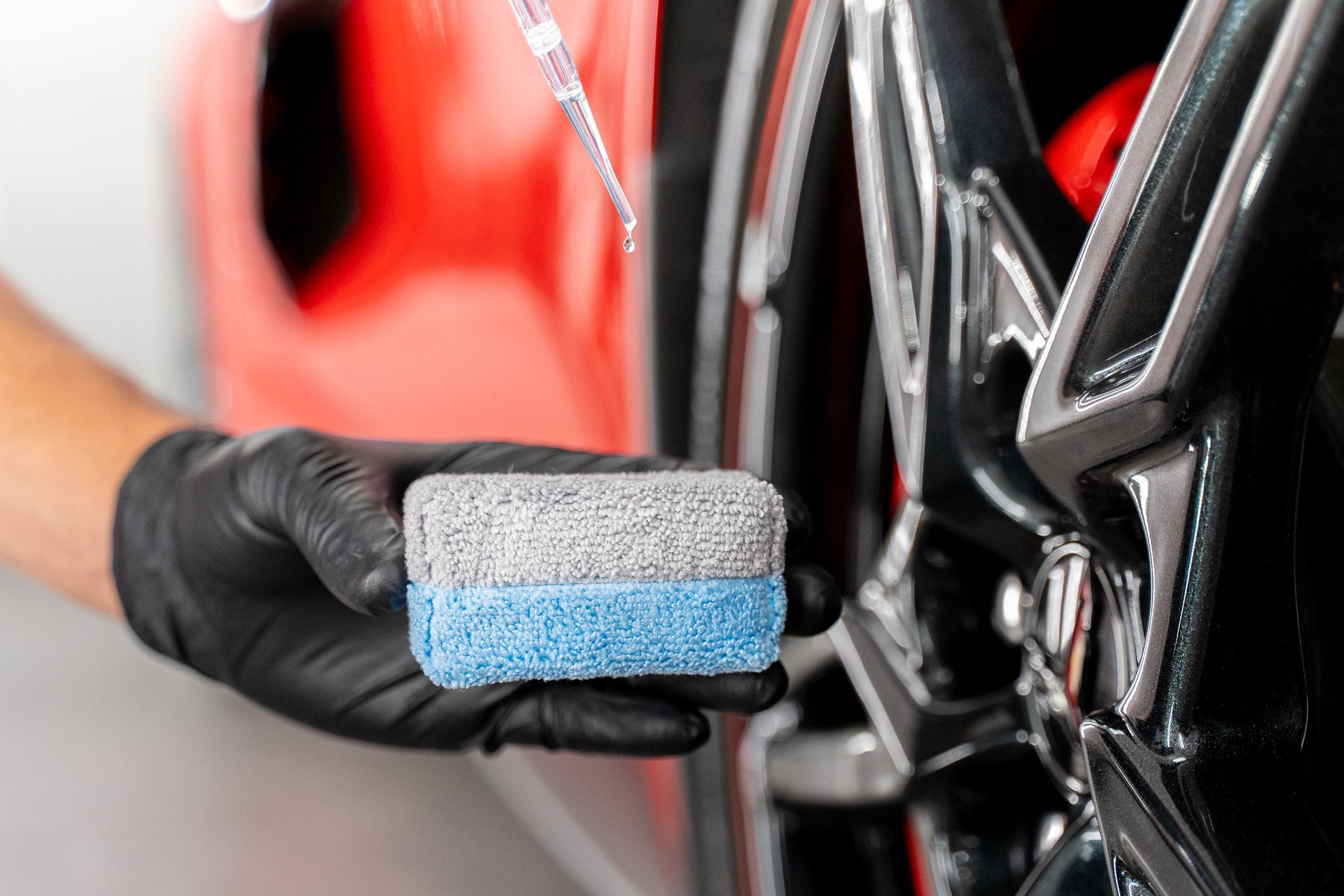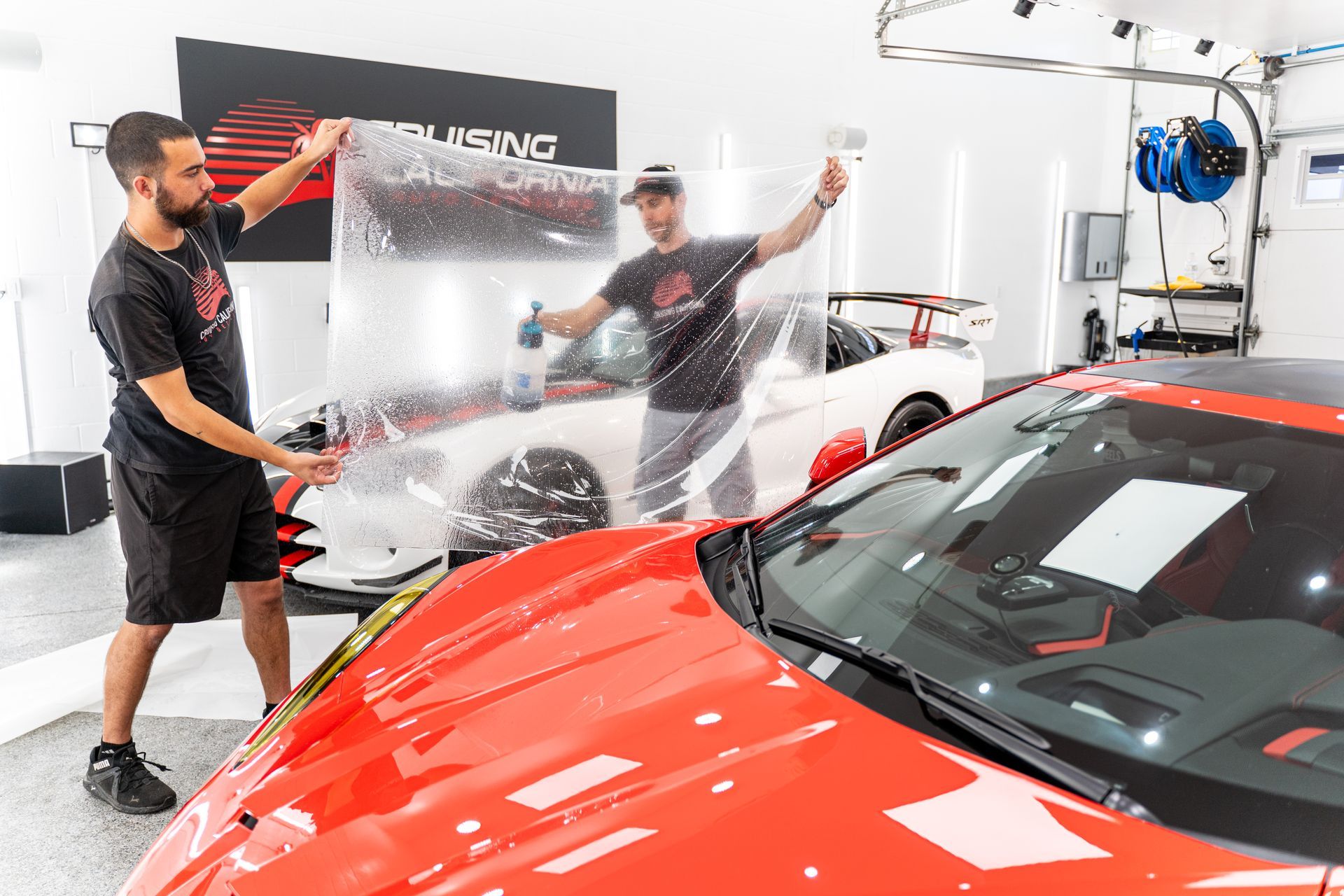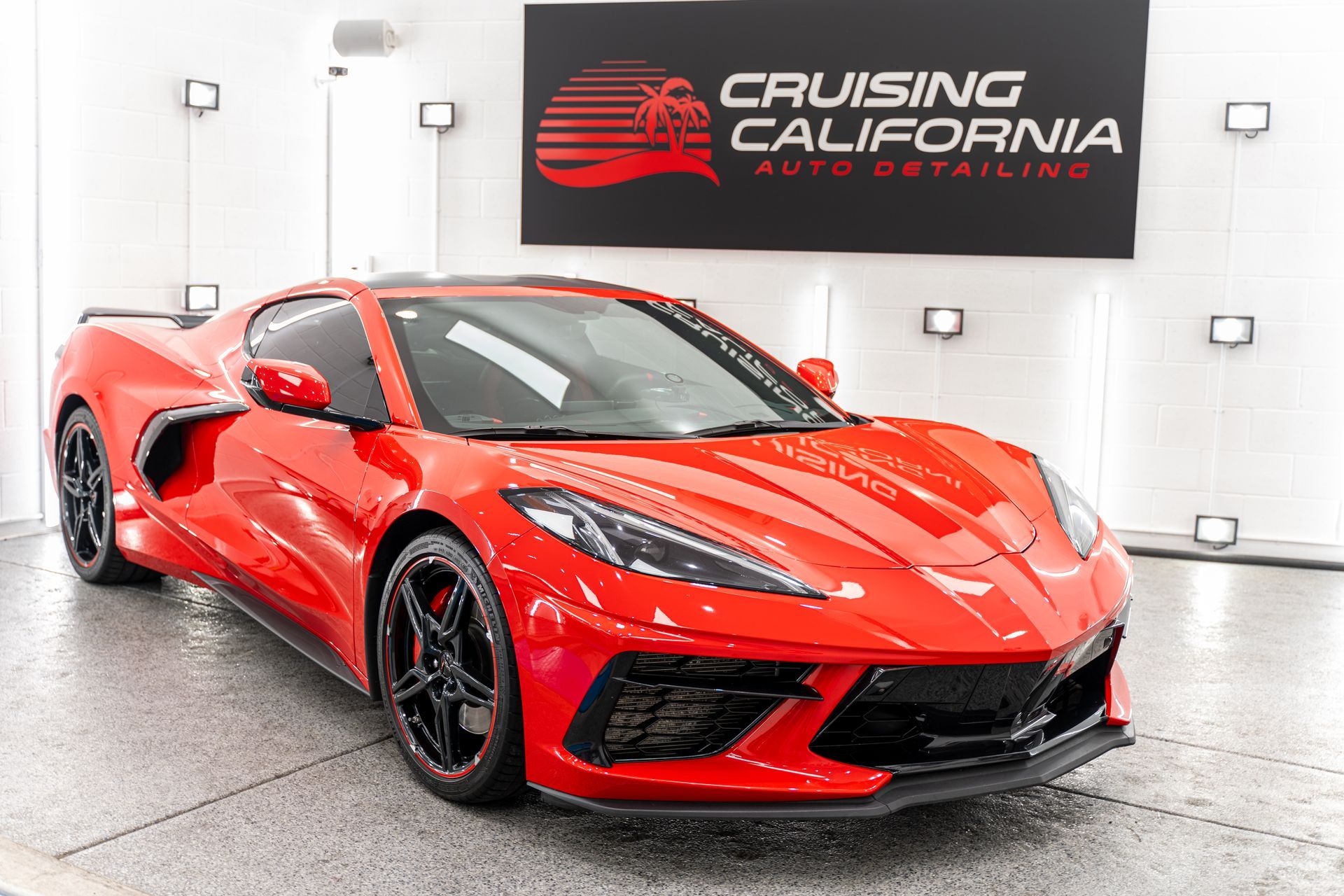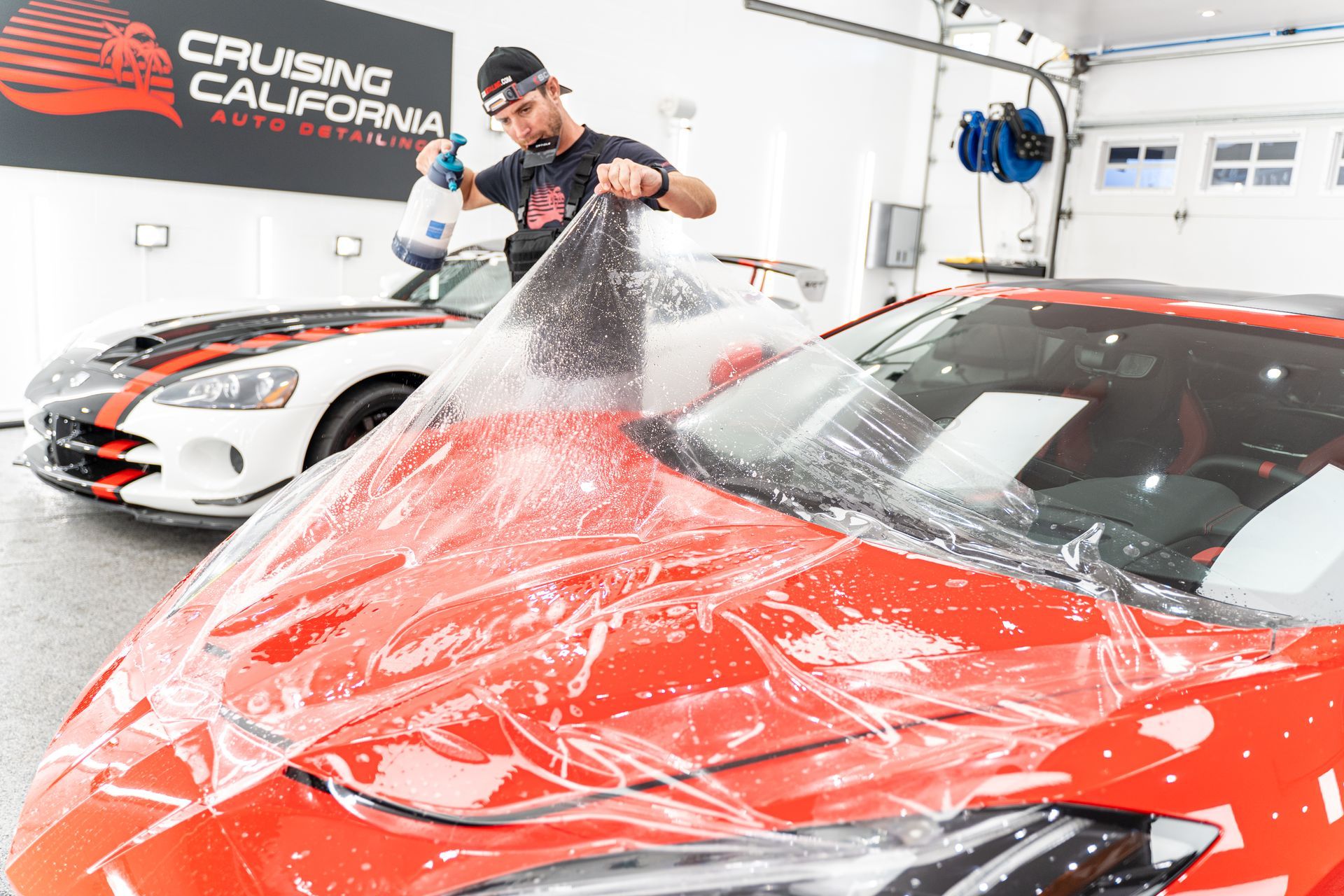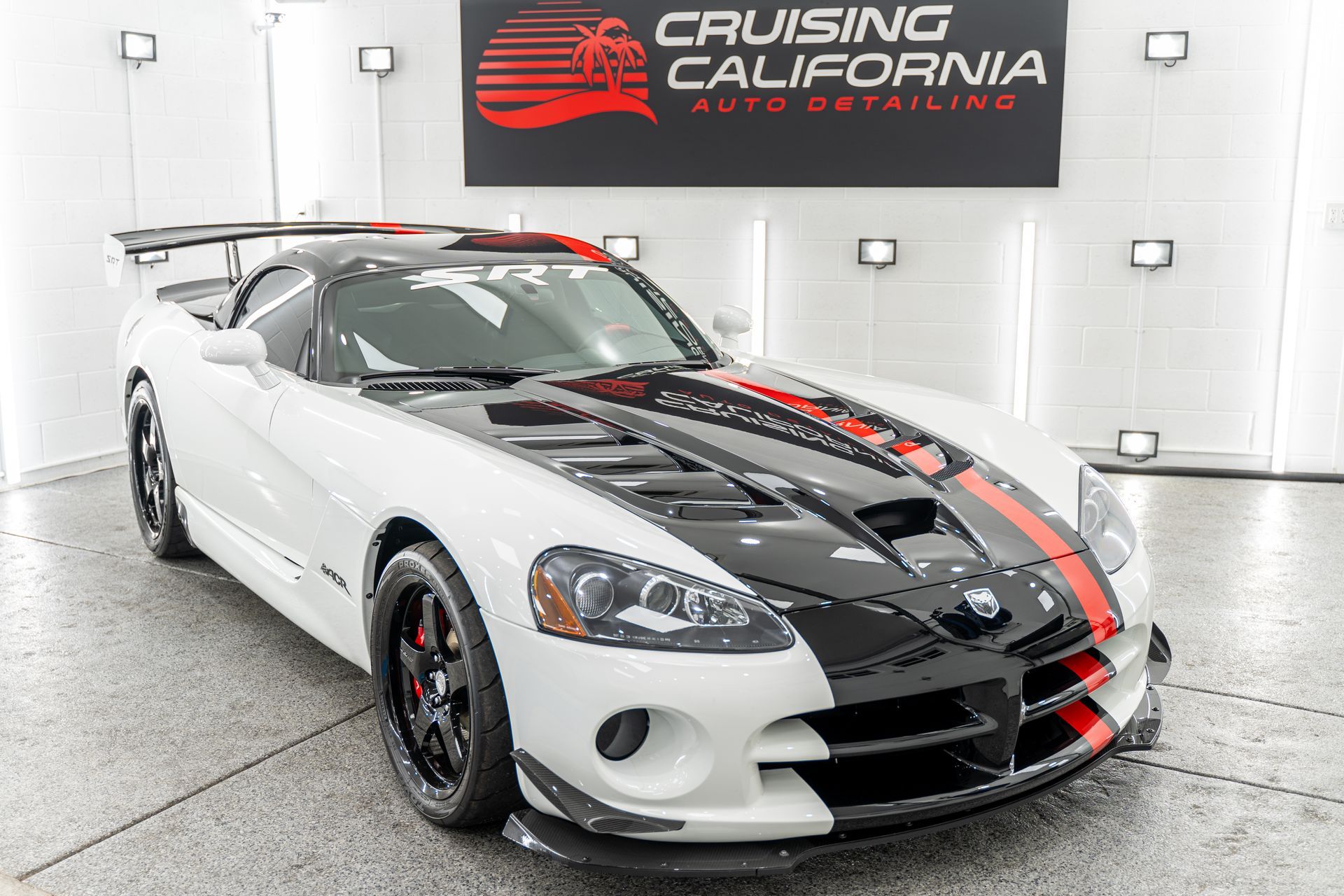Keeping your car looking pristine goes beyond just regular washes; it demands careful consideration of paint protection methods. Whether you're weighing the merits of ceramic coatings against traditional waxing, understanding their differences can save you from costly mistakes down the line.
Ceramic coatings offer superior durability, longer-lasting protection, increased hydrophobicity, and resistance to UV damage and other environmental contaminants. However, they are more expensive and typically require professional application. In contrast, traditional waxing is more affordable and easier to apply but provides shorter-lived protection and is less resistant to environmental factors.
Comparing Ceramic Coating and Waxing
When it comes to protecting your car's paint, the decision between ceramic coatings and waxing can be quite perplexing. Each option has its own unique attributes that cater to different needs and preferences. Let's dissect their differences and benefits so you can make an informed choice for your vehicle.
Composition and Longevity
Ceramic coatings are liquid polymers that chemically bond with the car's paint at a molecular level, providing a durable, protective layer that can withstand environmental contaminants and weather elements. Conversely, wax, whether natural or synthetic, creates a protective barrier on top of the paint but does not form a chemical bond. This crucial difference contributes to the longevity of protection each method offers. While ceramic coatings can last up to five years from a single application, wax needs reapplication every few months to maintain its protective properties. Ceramic coatings offer exceptional durability due to their chemical bonding with the car's paint, providing long-lasting protection against fading, heat, rain, oxidation, dirt buildup, and corrosion. Conversely, traditional waxing offers more basic protection from UV rays and minor wear but requires frequent reapplication to uphold its effectiveness. Therefore, if you prioritize longevity and minimal upkeep, ceramic coating becomes the more attractive option.
Application Process
The process of applying ceramic coatings is generally more involved than waxing due to its chemical bonding nature. Properly preparing the surface and applying multiple layers demand a meticulous approach. Conversely, waxing is comparatively simpler and quicker. However, although wax application is less labor-intensive initially, the frequent reapplications over time may accumulate greater time and effort than a one-time ceramic coating application in the long run. Moreover, ceramic coatings can increase a vehicle's hydrophobic properties by up to 40% compared to traditional waxes. They also offer protection from various environmental aggressors, such as UV rays, acid rain, and bird droppings, which traditional waxes do not provide. This enhanced resistance makes ceramic coatings a compelling choice for those seeking comprehensive protection for their vehicle's exterior.
To put this into perspective, consider waxing as a short-term solution offering moderate protection against environmental contaminants while requiring regular maintenance. In contrast, ceramic coatings provide a long-term shield with minimal upkeep demands due to their robust bonding capabilities and increased durability. against wear and tear.
Advantages of Ceramic Coating
When it comes to protecting your car's paint, ceramic coatings offer a host of benefits. Let's dive into some of the key advantages:
- Longevity and Durability: Ceramic coatings can last anywhere from two to five years if properly maintained, unlike traditional waxing, which may need reapplication every few months. This longevity not only saves time and effort but also provides a stronger shield against scratches caused by everyday wear and tear. Additionally, ceramic coatings resist contaminants better than wax and provide long-term protection against UV rays and environmental hazards such as bird droppings and tree sap, surpassing the capabilities of traditional waxing.
- Hydrophobic Properties: One of the most notable features of ceramic coatings is their superior water-repelling properties. These coatings create a hydrophobic surface, causing rainwater and other liquids to easily bead up and roll off the car’s surface. This not only helps in maintaining a cleaner appearance but also makes washing the car much easier. The enhanced hydrophobicity significantly reduces the adhesion of contaminants, keeping the car looking cleaner for longer periods.
- Enhanced Aesthetic Appeal: The glossy finish provided by ceramic coating plays a pivotal role in enhancing a car's aesthetic appeal. This extra layer of protection can make the paint look deeper and richer, amplifying its overall aesthetic appeal. The reflective properties of ceramic coatings help intensify the color depth and vibrancy of the vehicle’s paint, making it stand out on the road without compromising on protection.
From longevity and durability to water-repelling properties and enhanced aesthetic appeal, ceramic coatings offer multifaceted advantages that cater to both the protection and visual enhancement aspects of car care.
Downsides of Ceramic Coating
One of the most noticeable downsides to ceramic coating is the high initial cost associated with it. Unlike traditional waxing, ceramic coating requires a considerable initial investment. The upfront costs can range anywhere from $500 to $3,000 depending on various factors such as the quality of the product, the size of the vehicle, and the expertise of the applicator. This significant price tag may deter some individuals who are seeking a more budget-friendly paint protection solution for their vehicles.
It's important to weigh this initial expense against the long-term benefits that ceramic coating provides. While it may require a substantial investment at the onset, many car owners find that the durability and longevity of ceramic coating make it a cost-effective option in the grand scheme of things. Additionally, when considering the potential expenses associated with frequent waxing or paint correction due to damage, ceramic coating might actually save money over time.
Another notable downside of ceramic coating is its complex application process. Unlike traditional waxes that can be applied relatively easily at home, ceramic coating application demands exacting precision and an ideal working environment. This meticulous process typically involves thorough surface preparation and careful application in a controlled setting. While some enthusiastic car owners may attempt DIY applications, professional installation is often recommended to ensure optimal results. However, this professional application incurs additional costs on top of the product itself, further contributing to the overall investment needed for ceramic coating.
Before committing to ceramic coating, it's crucial to carefully consider these downsides and determine whether the long-term benefits outweigh these initial challenges. Some proponents argue that while the initial cost may be higher compared to waxing, considering its exceptional durability and longevity, ceramic coatings generally provide better value for money in the long run. Understanding these potential downsides ensures that you make an informed decision about whether ceramic coating is the best choice for your vehicle's paint protection needs. It's essential to carefully evaluate your specific preferences and priorities before deciding on a method of paint protection.
Benefits of Waxing
When it comes to preserving the shine and integrity of your car's paint, waxing offers its own set of advantages. Let's break down some key benefits:
- Cost-Effective: Waxing is a budget-friendly option for protecting your car's paint. Unlike ceramic coatings, which can be pricier due to their longevity and high-level protection, wax products are generally more affordable, ranging from $10 to $50—making waxing an economical way to maintain your car's appearance. In comparison to the potentially higher upfront cost of ceramic coatings, the affordability of waxing appeals to many car owners. It allows for routine maintenance without breaking the bank, ensuring that you can keep your vehicle looking its best without significant financial investment.
- Easy Application: One of the great things about waxing is that it can be done at home with minimal tools and effort. The application process is simple: apply the wax using a soft applicator pad or cloth, let it sit for a specified time to bond with the paintwork, and then gently buff it off using a clean microfiber towel. Moreover, the ease of application empowers car owners to regularly tend to their vehicle's exterior without having to rely on professional assistance. Whether they want a quick touch-up or a more comprehensive waxing session, the accessibility of this method contributes to its appeal.
- Temporary but Effective Shine: While wax coating provides a temporary shield for your car's paint, it delivers an immediate, high-gloss finish that significantly enhances the visual appeal of the vehicle. The application of wax results in a lustrous sheen that catches the light and showcases the depth and clarity of the paintwork. However, it's important to note that frequent reapplication may be necessary to maintain this level of shine over time.
So there you have it—the cost-effectiveness, ease of application, and immediate enhancement of visual appeal are just a few compelling reasons why many car owners opt for regular waxing as part of their vehicle maintenance regimen. While it may not offer the same long-lasting protection as ceramic coatings, the benefits of waxing make it a valuable proposition for maintaining and showcasing your car's beautiful exterior.
Drawbacks of Waxing
Waxing undoubtedly boasts several advantages, but it's equally crucial to acknowledge its shortcomings. One of the most significant flaws of traditional wax is its relatively brief lifespan. While it does provide a quick boost in shine and modest protection, this effectiveness wanes over time. With most waxes lasting up to two or three months, they require frequent reapplication to uphold optimal protection levels. This can become quite an undertaking for car owners looking for a longer-term solution that requires less maintenance. The need for consistent reapplication not only results in increased time and effort but also incurs additional costs associated with purchasing more wax.
In addition to its short lifespan, wax's protective capabilities are limited when compared to ceramic coatings. While it provides some defense against UV rays, it falls short in safeguarding against harsh contaminants and environmental elements like acid rain or industrial fallout. Given the rapid advancement in automotive technology and environmental exposure, wax's ability to shield your vehicle from these modern-day hazards is noticeably inadequate. This poses a concern for car enthusiasts seeking comprehensive paint protection that extends beyond basic wear and tear. Understanding these limitations lays the groundwork for more informed decision-making process when considering the best method for preserving and safeguarding your vehicle's exterior.
Choosing the Right Protection for Your Car
Selecting the correct protection for your car is a crucial decision, as it directly impacts your vehicle's appearance and resilience over time. One vital factor to consider is the level of protection needed. Do you want a quick and easy treatment that requires frequent reapplication, or are you seeking a long-term solution with minimal maintenance? Ceramic coating offers unparalleled durability and lower maintenance requirements, making it a superior choice for long-lasting and effective protection.
Moreover, consider your budget and willingness to invest in protecting your vehicle. While ceramic coatings are initially more expensive than traditional waxing, they provide significant long-term benefits that contribute to cost-effectiveness over time. Another critical aspect to weigh is the type of environment your vehicle will be exposed to regularly. If your car faces harsh weather conditions, considerable sun exposure, or high levels of contaminants (such as dirt, pollen, or bird droppings), ceramic coating's robust resistance against these elements makes it a compelling choice. On the other hand, waxing may require more frequent reapplication in such conditions to maintain adequate protection.
In addition to this, consider how regularly you are willing to or have time to maintain the protective layer on your vehicle. Ceramic coatings require less frequent care and maintenance compared to traditional waxing, providing added convenience for busy car owners. For example, if you live in an area where extreme weather conditions are common, heavy rain and snowfall can take a toll on your car's exterior. In such a case, opting for a ceramic coating would ensure that your vehicle stays protected without the hassle of regular reapplication that waxing demands.
Remember: The type and condition of your car paint will also play a role in determining the ideal protection. If you're uncertain about which option suits your car best, seek professional advice from experts experienced in automotive detailing. By weighing these factors carefully, you can make an informed decision that aligns with both your budget and long-term protection needs. It's important to assess these aspects before choosing between ceramic coating and waxing, ensuring that you select the most effective solution tailored to your specific requirements.
Prime Choice for Ceramic Coating Service in El Cajon, CA
Choose the top ceramic coating service at CCA Detailing & Ceramic Coating | PPF in El Cajon, CA, to protect and enhance your vehicle's appearance. Our advanced ceramic coatings offer long-lasting defense against the elements while delivering an eye-catching, glossy finish. With our team of experts and high-quality products, your vehicle will stay in pristine condition for years. Contact us today to schedule your ceramic coating and experience premium protection! Call us at (619) 916-6157 to get started!

